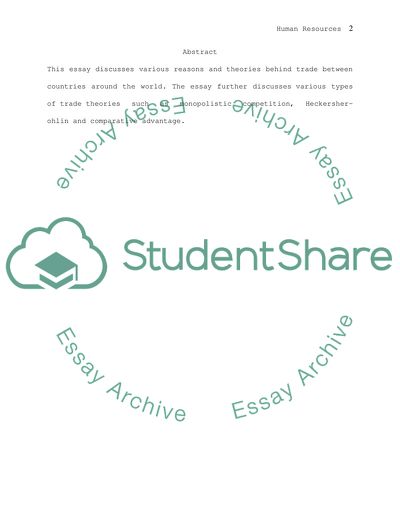Cite this document
(Trade between Countries Essay Example | Topics and Well Written Essays - 2250 words, n.d.)
Trade between Countries Essay Example | Topics and Well Written Essays - 2250 words. https://studentshare.org/marketing/1879657-trade-between-countries
Trade between Countries Essay Example | Topics and Well Written Essays - 2250 words. https://studentshare.org/marketing/1879657-trade-between-countries
(Trade Between Countries Essay Example | Topics and Well Written Essays - 2250 Words)
Trade Between Countries Essay Example | Topics and Well Written Essays - 2250 Words. https://studentshare.org/marketing/1879657-trade-between-countries.
Trade Between Countries Essay Example | Topics and Well Written Essays - 2250 Words. https://studentshare.org/marketing/1879657-trade-between-countries.
“Trade Between Countries Essay Example | Topics and Well Written Essays - 2250 Words”. https://studentshare.org/marketing/1879657-trade-between-countries.


